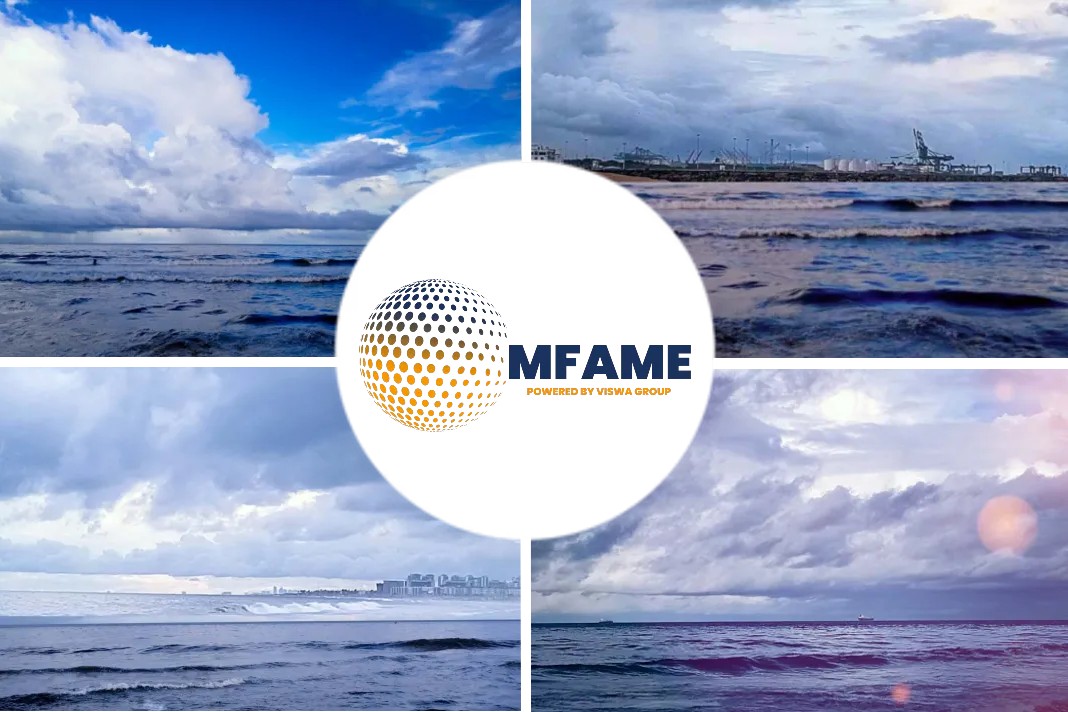- Tankers to continue trading in the CPP market as chemical shipping rates are not likely to be strong enough to attract these vessels back to the chemical trading fleet.
- Swing tankers will continue to serve in the CPP market until 2021 as demand for diesel and gasoline is projected to recover and e-commerce activity.
- The return of these tankers may cause oversupply of vessels which in turn will bring down earnings of shipowners.
IMO-class tankers which swung to product trading in 2Q20 due to high freight rates and floating storage requirements are unlikely to join the chemical trading fleet until 2021, reports Drewry.
Certifications for chemical transport
IMO-class tankers are tankers with International Maritime Organisation (IMO) Certificate of Fitness (CoF), capable of carrying chemicals, vegoils and CPP.
Chemical tankers require these certificates to transport hazardous chemicals, for which preventive measures need to be taken to ensure that the cargo does not leak from the tanks. However, no such certification is required for transporting clean petroleum products (CPP) and all chemical tankers are thus capable of carrying CPP.
Increase in long-haul route trades
Although there is a cost involved in getting an IMO certificate, there are very few owners building new ships in the MR-sized tanker segment that are not IMO-certified tankers. They prefer certified IMO tankers as these tankers can switch between CPP and chemicals/vegoils and also because trade of easy chemicals on long-haul routes has been increasing.
While product market conditions have always influenced the deployment of IMO-class tanker fleet, 2020 was a watershed year when the TCE rates of IMO-class MR product tankers increased by 138.1%, 78.2% and 63.2% on WC India-Japan, Singapore-Australia and US Gulf-Northwest Europe routes respectively in April over the previous month. As a result, 79 vessels aggregating 2.9 mdwt swung from trading in chemicals to products in just one month.
Demand for chemicals and vegoils dwindle
Due to COVID-19-induced lockdowns, the demand for chemicals and vegoils collapsed in 1H20 in many countries which weighed on chemical freight rates.
In March 2020, crude oil prices also plunged leading to an increase in storage activity as traders were anticipating high demand with the approaching summer driving season in many countries.
This led to a sharp increase in product tanker freight rates and TCE rates in April which attracted high swing tonnage (79 vessels aggregating 2.9 mdwt) from the chemical trading fleet. Of these 79 vessels, 41 tankers are of 42,000+ size dwt as traders prefer to store oil on large tankers.
However, the price of CPP did not rise as expected until June, forcing traders to sell the product and thereby releasing vessels locked in floating storage. This caused vessel oversupply in an already weak market which weighed on both product and chemical tanker freight rates.
Marginal uptick
Although from July onwards, the demand for chemicals/vegoils recovered with countries coming out of lockdowns and many chemical plants resuming operations, the chemicals/vegoils freight rates were not high enough to attract the swing tankers back to the chemical trading fleet.
Moreover, the relaxation of containment measures globally also started bringing back the lost mobility which boosted the demand for transportation fuels and increased the demand for CPP. This marginal uptick in demand has been supporting the product tanker freight rates since July.
Swing tankers to continue in CPP market
As on 1 October, 1,851 vessels of the IMO-class tanker fleet aggregating 64.2 mdwt were trading CPP, an increase of 103 vessels (3.9 mdwt) from January. The biggest share is contributed by large-sized vessels with 872 tankers out of 1,318 tankers being above 42,000 dwt aggregating 43.8 mdwt.
We expect these tankers to continue trading in the CPP market as chemical shipping rates are not likely to be strong enough to attract these vessels back to the chemical trading fleet since we project slow demand recovery until 2021. Moreover, the return of these tankers may cause oversupply of vessels which in turn will bring down earnings of shipowners.
We believe these swing tankers will continue to serve in the CPP market until 2021 as demand for diesel and gasoline is projected to recover in Europe, India and China with increasing industrial and e-commerce activity.
Did you subscribe to our daily newsletter?
It’s Free! Click here to Subscribe!
Source: Drewry















![[Watch] Crazy Power Needed to Move World’s Largest Containerships](https://mfame.guru/wp-content/uploads/2023/11/mfame-tanker-100x70.jpg)
